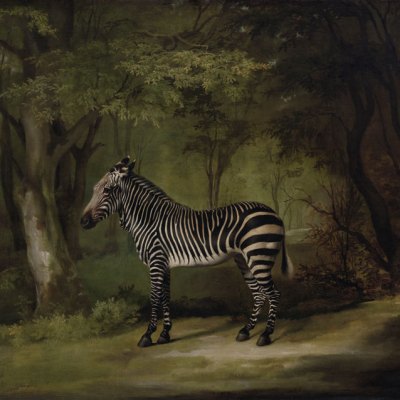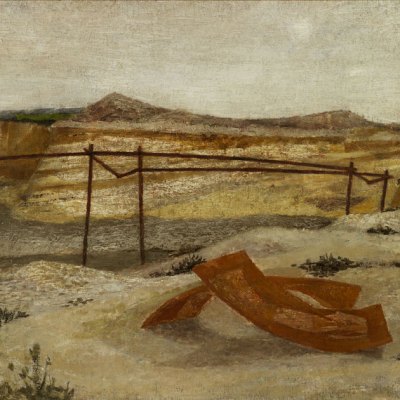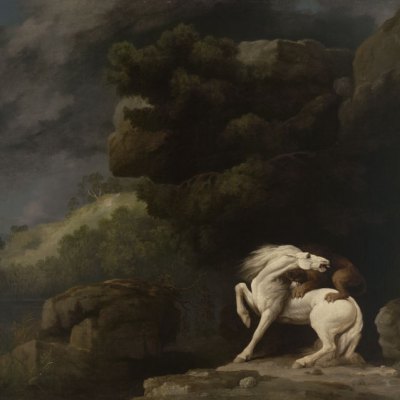Interest in what might be described as the art of the table has been growing apace for over two decades, and perhaps no aspect of this fertile field of study has proved more intriguing – or elusive – than the spectacular but ephemeral sculptural creations in sugar and starched folded linen described by the chroniclers of the renaissance courts in Italy. For the latest investigation, curators Giovanna Giusti and Riccardo Spinelli have focused specifically on the well-documented marriage banquet of Maria de’ Medici and Henri IV of France which took place in the Palazzo Vecchio in Florence on 5 October, 1600.
 ‘Sweet Triumphs and the Finest of Folds: sugar sculpture and napkins for the Florentine marriage of Maria de’Medici’ at the Palazzo Pitti (until 7 June) is, of necessity, a bravura evocation rather than exact recreation of that most sumptuous and fantastical of feasts. This dynastic marriage – Henri was broke and Maria’s dowry was a vast 600,000 corone – had taken place that morning in the Duomo with Henri in absentia and Maria’s uncle Ferdinando I de’ Medici acting as proxy, and the subsequent banquet was a brilliantly orchestrated reflection of Medici might and magnificence. No expense was spared – and the most distinguished artists of the Medici court are revealed as devising or recording the proceedings masterminded by the stage designer, architect and military engineer Bernardo Buontalenti.
‘Sweet Triumphs and the Finest of Folds: sugar sculpture and napkins for the Florentine marriage of Maria de’Medici’ at the Palazzo Pitti (until 7 June) is, of necessity, a bravura evocation rather than exact recreation of that most sumptuous and fantastical of feasts. This dynastic marriage – Henri was broke and Maria’s dowry was a vast 600,000 corone – had taken place that morning in the Duomo with Henri in absentia and Maria’s uncle Ferdinando I de’ Medici acting as proxy, and the subsequent banquet was a brilliantly orchestrated reflection of Medici might and magnificence. No expense was spared – and the most distinguished artists of the Medici court are revealed as devising or recording the proceedings masterminded by the stage designer, architect and military engineer Bernardo Buontalenti.
Jacopo Ligozzi, for one, designed the massive 17ft high credenza behind the new queen’s table in the form of the Lily of France veneered with semi-precious stones and designed to display 2,000 Medici treasures – and vessels here from the Museo degli Argenti in gold, lapis lazuli, rock crystal and other semi-precious hardstones suggest just how dazzling it would have looked. Giambologna himself, assisted by Pietro Tacca, supervised the casting of the sugar sculptures, many of which were after his own bronzes. New research has revealed the names of the craftsmen who made them, including those who clad the sculptures’ bases in gold or silver leaf. It seems that the bronze equestrian figure of Henri IV attributed to Giambologna or his school now in Dijon was based on the sugar prototype made for the occasion. For the show, the documented sugar sculptures have been skilfully recreated using the traditional lost-wax technique by the Fonderia Del Guidice (the bronzes that inspired them are displayed in nearby vitrines).
Even more remarkable, perhaps, is the recreation of the veritable menagerie of large animals – real and fantastical – and complex sculptural groups created out of folded starched napkins by the Catalan artist Joan Sallas who was spent 13 years perfecting the techniques gleaned from Mattia Giegher’s Trattato delle piegature of 1629. Guests at the banquet were astounded when a lion of folded linen on Maria’s table suddenly rose up on its hind legs and myriad lilies blossomed from its chest, and here we see Sallas’s homage to this as well as to the likes of an oak tree with silvered acorns and a rhinoceros, or a scene with two hunters armed with arquebuses and spears, two dogs attacking a bear and a wary fox, all of which were recorded in Michelangelo Buonarroti the Younger’s account of the marriage. Don’t miss the compelling videos demonstrating how both the napkin and sugar sculptures were made.
‘Sweet Triumphs and the Finest of Folds: sugar sculpture and napkins for the Florentine marriage of Maria de’Medici’ is at the Palazzo Pitti until 7 June.
Related Articles
Delicious or distasteful: Five modern masterpieces of food in art



